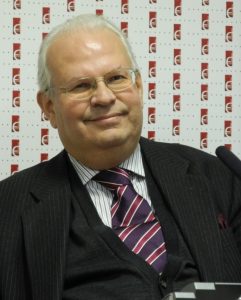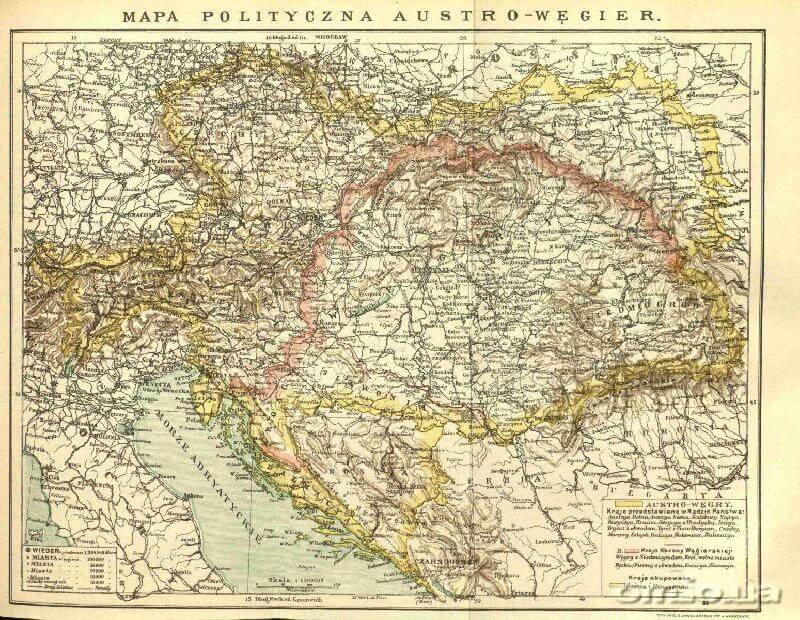Nationality and language in the Austro-Hungarian Empire. Legal framework, political reality and reform programs
Jakub Forst-Battaglia
Austrian Cultural ForumNovember 15, 2013
Center for Urban History, Lviv
Situated at the very heart of Europe, the Austro-Hungarian Empire as it used to be called from 1867 on covered a surface of some 676.000 square kilometers with a population well over 51 million. Among the largest countries of the continent, with a dozen of main ethnic and seven or eight religious groups, the Habsburg Monarchy embraced people speaking German, Hungarian, Romanic as well as Slavonic languages and Yiddish.
The Austrian December Constitution of 1867 stipulated clearly the equality of rights among "national tribes". The right balance between nationalities was hard to establish. The German speakers in Austria and the Magyars in Hungary held a leading position. In this liberally governed conservative state, different programs aiming at establishing a new political order were put forward. With a look at those possible alternatives we follow the path of the Dual Monarchy until the Great War of 1914-18 ending with its total disruption.

Jakub Forst-Battaglia
is an Austrian diplomat, historian and Slavonic philologist. After being a teacher and researcher at Vienna University (Dr.phil.) dealing with Central and Eastern Europe, he entered the Foreign Service in 1981. Posted in Moscow, Madrid, Prague and Tallinn (as Austrian Ambassador to Estonia) he currently serves since 2011 as Director of the Austrian Cultural Forum in Kyiv.
